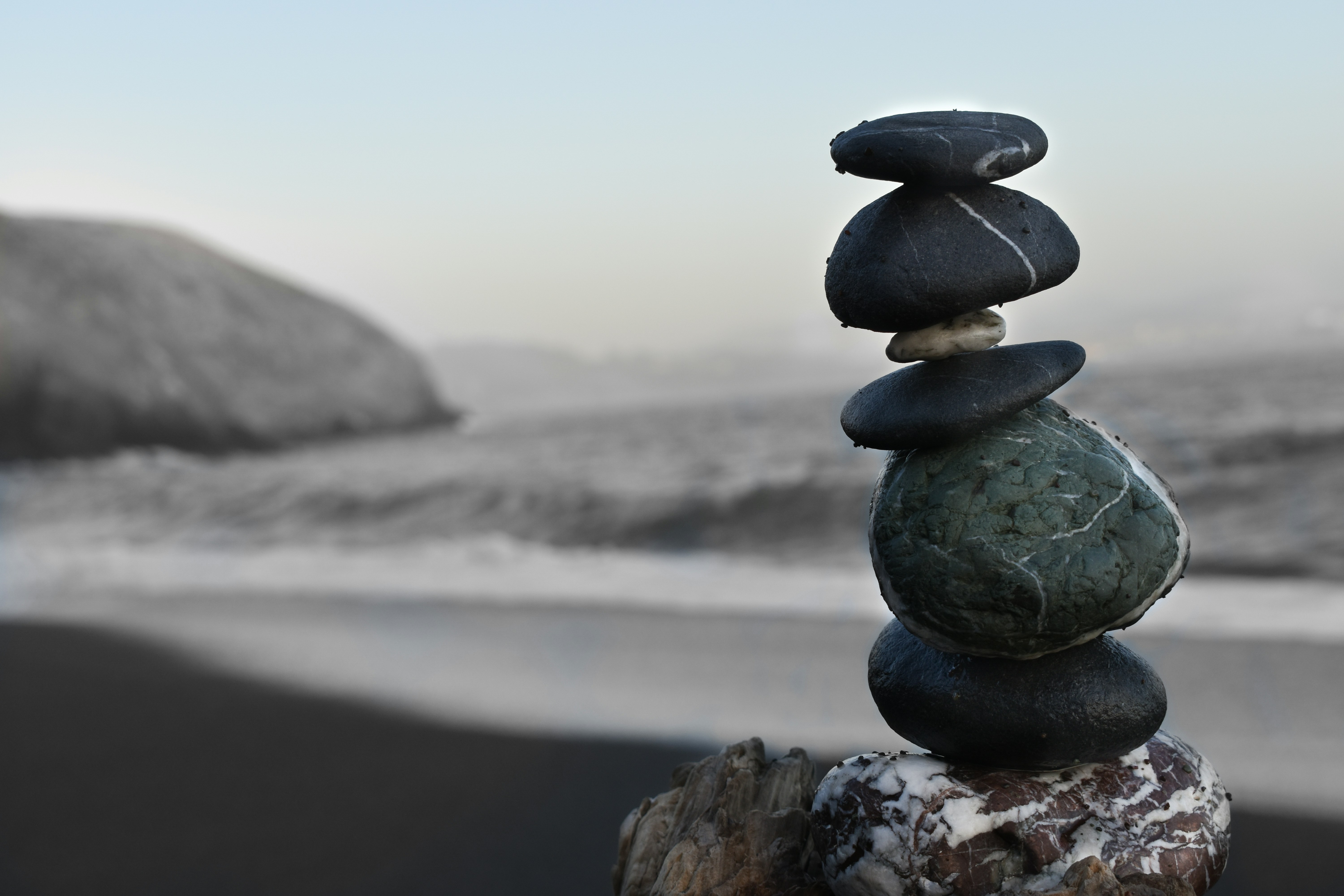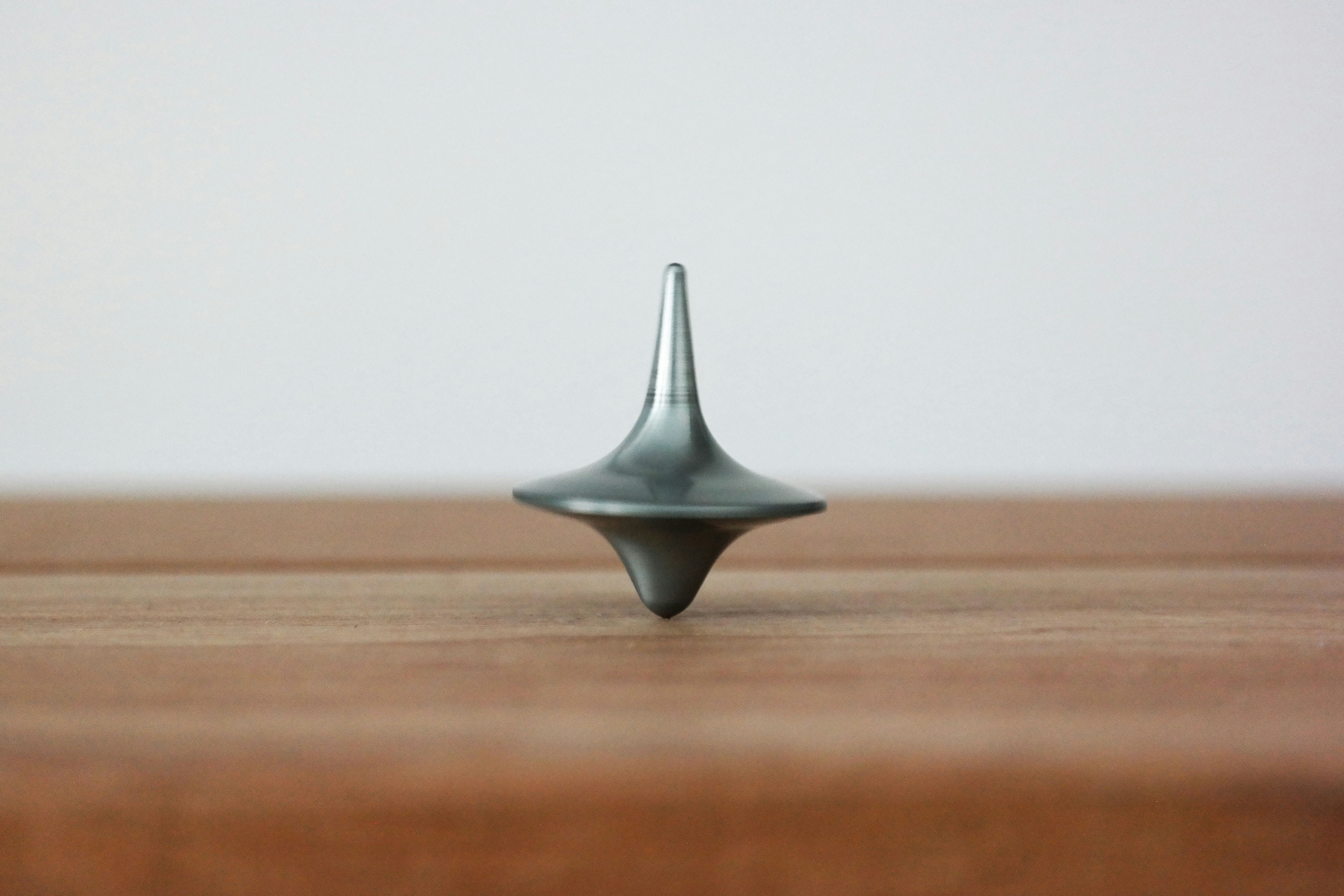Anxiety can feel like a relentless wave, crashing down and threatening to pull you under. But amidst the churning emotions, there's an anchor of calm waiting to be discovered. Relaxation techniques are powerful tools that can help you weather the storm of anxiety and find a sense of peace. Here are some simple yet effective techniques you can incorporate into your daily routine to combat anxiety:
Deep Breathing
Deep breathing activates the relaxation response in your body, counteracting the fight-or-flight response triggered by anxiety.
Try this: Find a quiet, comfortable place. Sit or lie down with your eyes closed.Place one hand on your stomach and the other on your chest. Inhale slowly through your nose for a count of four, feeling your belly rise. Hold your breath for a count of two. Exhale slowly through pursed lips for a count of six, feeling your stomach sink. Repeat this cycle for 5-10 minutes, focusing on your breath and the rise and fall of your body.
Progressive Muscle Relaxation
This technique involves tensing and relaxing different muscle groups throughout your body, releasing tension and promoting overall relaxation.
Here's how: Start by tensing your toes, scrunching them up tightly for a count of five. Then, relax your toes completely and focus on the feeling of release for a count of ten.Repeat this process for different muscle groups, working your way up your body from your toes to your head. Tense and relax your calves, thighs, glutes, stomach, chest, shoulders, arms, hands, face, and scalp.As you relax each muscle group, focus on the feeling of tension melting away.
Guided Imagery
This technique harnesses the power of visualization to create a calming mental escape.
Imagine yourself in a peaceful and serene setting that evokes tranquility. It could be a quiet beach, a lush forest, or a cozy reading nook bathed in warm sunlight. Close your eyes and take a few deep breaths to relax your body. Engage your senses: visualize the sights, sounds, smells, and sensations of your chosen peaceful place. Immerse yourself in the imagery, feeling the calmness and serenity wash over you. Practice guided imagery for 10-15 minutes, allowing yourself to fully experience the tranquility of your mental refuge
Mindfulness Meditation
Mindfulness is the practice of paying attention to the present moment without judgment. It can help you become aware of your thoughts and anxieties, allowing you to observe them without getting swept away by them.
Find a quiet place and sit comfortably. Focus on your breath, noticing the sensation of air entering and leaving your nostrils. When your mind wanders (and it will), gently guide your attention back to your breath without judgment. Observe your thoughts and anxieties without clinging to them. Let them come and go like clouds drifting across the sky. Start with short meditation sessions (5-10 minutes) and gradually increase the duration as you become more comfortable.
Mindfulness in Motion
Sometimes, physical movement is a powerful tool for managing anxiety. Practices like mindful walking or yoga combine mindfulness with gentle physical activity, promoting relaxation and focus.
Mindful Walking: Find a quiet place to walk, focusing on the sensations of your body as you move. Notice the feeling of your feet touching the ground, the movement of your limbs, and the rhythm of your breath.
Yoga: Yoga combines postures, breathing exercises, and meditation to promote physical and mental well-being. Many yoga poses can help reduce anxiety and promote relaxation. Consider enrolling in a beginner's yoga class or following online tutorials.
Remember, relaxation techniques are most effective when practiced regularly. Integrate these techniques into your daily routine, even when you're not feeling anxious. With consistent practice, you'll develop a toolbox of coping mechanisms to manage anxiety and find moments of calm amidst the storm.
Consider incorporating calming activities you enjoy into your daily routine. Listening to soothing music, reading a book, spending time in nature, or taking a warm bath can all be effective relaxation techniques. Find what works for you and create a personalized self-care routine that promotes peace and balanced emotional well-being.




